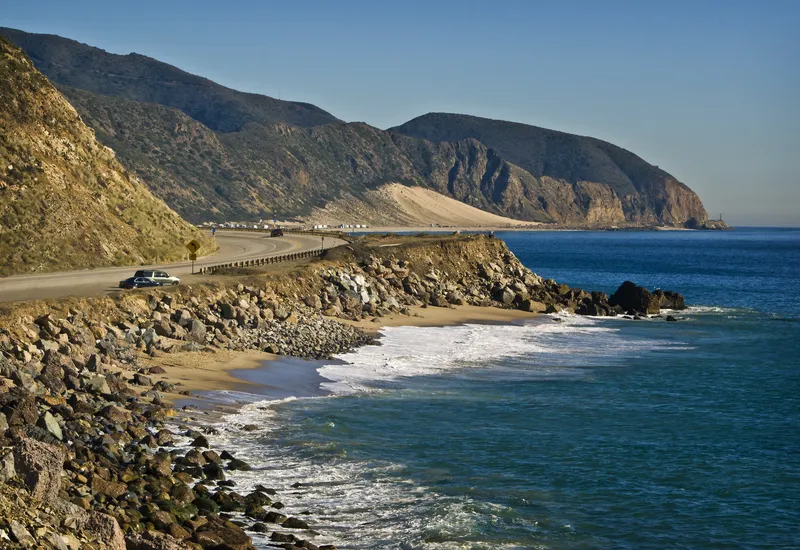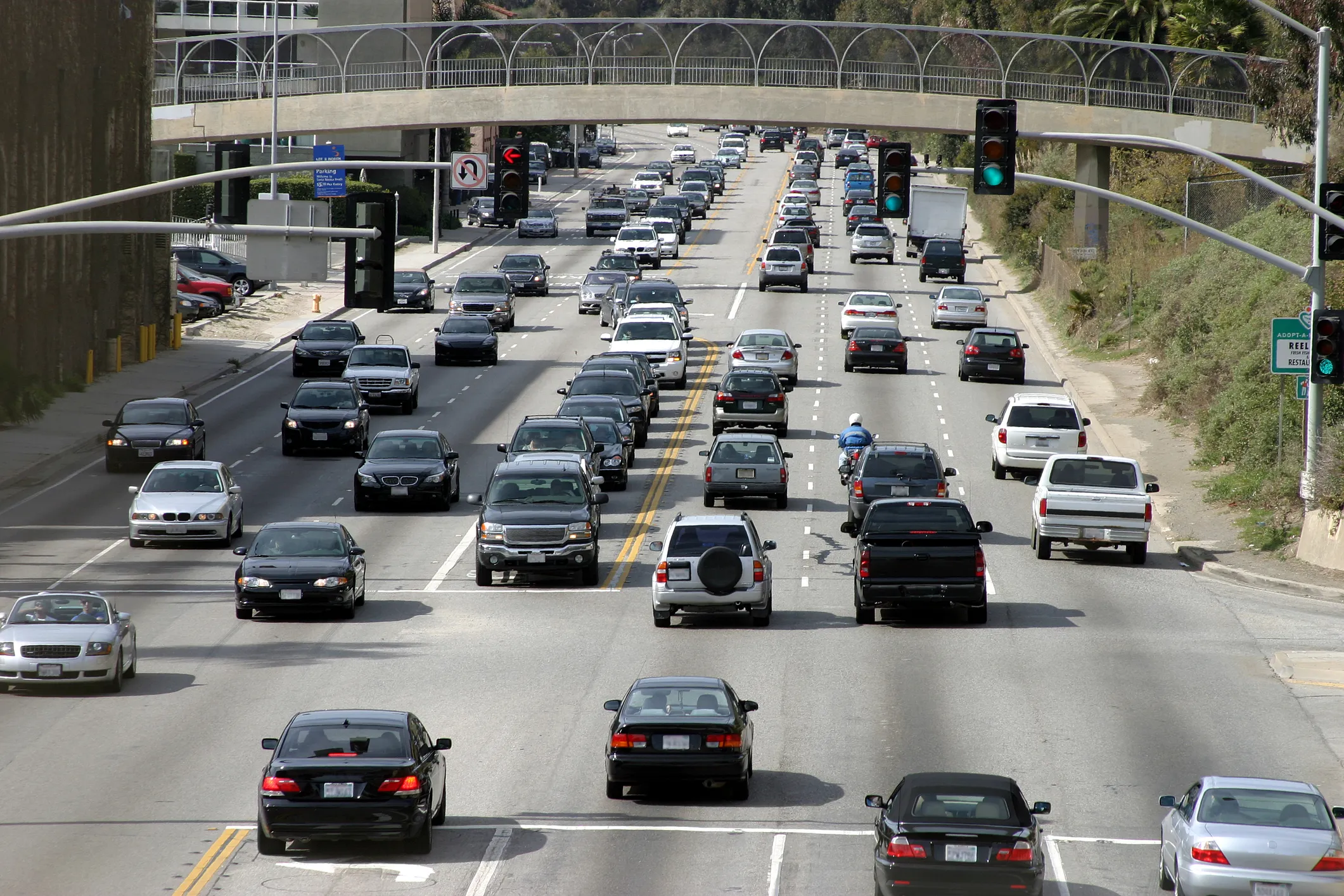
The California Transportation Commission (CTC) has allocated nearly US$1.7bn to help improve and strengthen the state highway system.
The funding includes US$86.5m to repair vital roadways and other transportation infrastructure damaged during recent wildfires and storms in Southern California
Projects include US$195.5m to rehabilitate roadway and drainage systems, add a bike trail and pedestrian bridge, as well as upgrade safety along Interstate 805 in the cities of San Diego, Chula Vista and National City.
In addition US$129m has been set aside to replace the existing Cordelia Commercial Vehicle Enforcement Facility along westbound Interstate 80 near Fairfield.
A further US$30m is allocated to replace a retaining wall and rebuild a slope drapery protection system near Big Rock Road in Malibu and reconstruct hillsides above State Route 1 near Mulholland Drive, all of which were impacted by the Palisades Fire and rainstorms.
“Investments made today support Caltrans’ mission to build and maintain a transportation system that helps Californians now and decades into the future,” said Mike Keever, Acting Director for Caltrans. “This funding translates into safer travel, more accessible mobility options and strengthening our roadways to protect all travelers during extreme weather events.”
Of the total allocation, US$655m came via Senate Bill (SB) 1, the Road Repair and Accountability Act of 2017, and nearly US$567m from the Infrastructure Investment and Jobs Act of 2021 (IIJA).
IIJA, also known as the federal bipartisan infrastructure bill, is a once-in-a-generation investment in our nation’s infrastructure to improve the sustainability and resiliency of our country’s energy, water, broadband and transportation systems. California has received nearly $62 billion in federal infrastructure funding since its passage, including investments to upgrade the state’s roads, bridges, rail, public transit, airports, ports and waterways. The funding alone has already created more than 170,000 jobs in California.
Meanwhile, SB 1 invests approximately US$5bn annually toward transportation projects. It provides funding split between the state and local agencies. Road projects progress through construction phases more quickly based on the availability of funds, including projects that are partially funded by SB 1.








